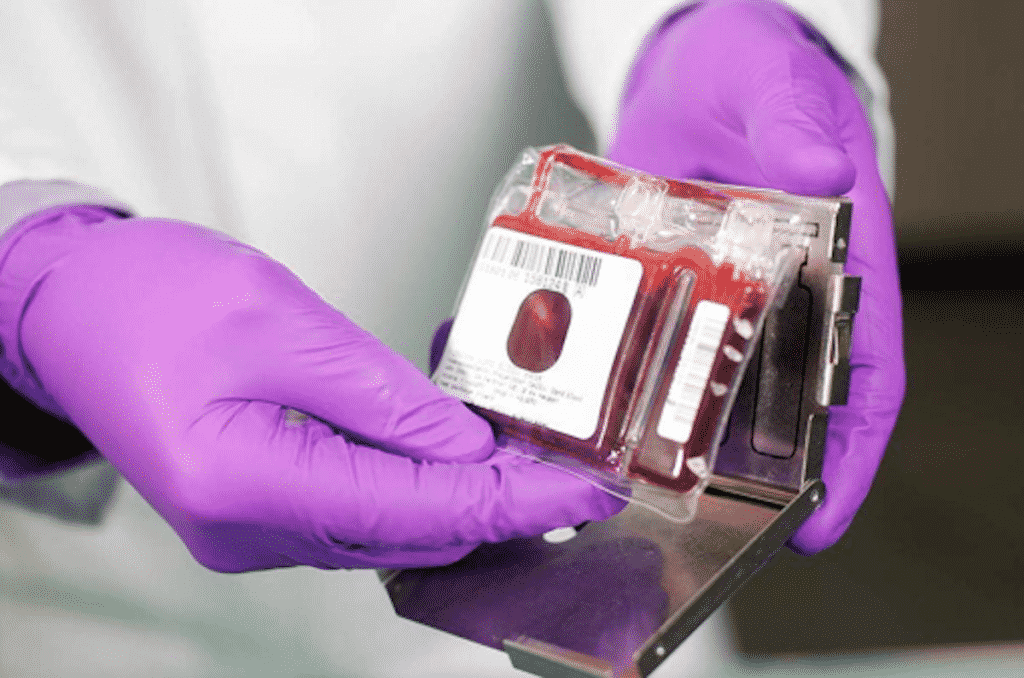They say that the journey towards life involves a never-ending process of making choices: what you should wear, what food to eat, how you’re going to spend the day, and so on. The decision-making is endless, yet the excitement of discovering what awaits them in the next chapter drives most people to continue moving forward.
This is a likely scenario for most families expecting to have a baby. The constant planning of your baby’s nursery, choosing the perfect stroller, finding a good pediatrician, and the likes are just some of the basic things you have to keep in mind. However, among these, there is one more thing you have to put careful thought into: banking your baby’s cord blood.
Cord blood banking has gained its well-deserved popularity over the years because of the many benefits it gives, especially in the field of health and medicine. On the other hand, not everyone knows what it is, and most importantly, whether they should do it. Below are the things you need to know about cord blood banking and how to choose the right one.
Cord Blood: What is it?
Before getting into what cord blood banking is, you first need to know precisely what they store: cord blood. This blood flows through the placenta and the umbilical cord, which supplies the necessary nutrients when your baby is still in your womb. One keynote to remember is that cord blood is richly packed with embryonic stem cells.
Here’s a little fun fact about stem cells: these special cells are capable of developing and turning into any kind of human cells, may it be muscle cells, brain cells, heart cells – just any kind of cell types you can think of. This is why it has so many clinical and medical applications, especially when treating disease, as they can somehow rebuild damaged cells.
Stem cells are utilized in regenerative medicine to help those people diagnosed with immune disorders such as leukemia, lymphoma, sickle-cell anemia, among many others. Of course, such diseases may have no known cure yet, but their symptoms can be managed, and under the right circumstances, it could also increase the likelihood of treatment.
Cord Blood Banking
Once you have delivered your baby, your doctor will cut and clamp the umbilical cord. The blood contained in it can then be collected and stored by a cord bank for future use. Cord blood bank tests, freezes, and stores the collected cord blood where it will stay until it is needed.
If you’re wondering about its safety, don’t worry. From collecting to storing, the whole procedure is harmless and has been proven safe for both you and your baby. Most commonly, you are given two options for a cord blood bank. It can either be public or private.
Public Cord Banks
You can donate the cord blood in public cord blood banks. Here, the cord blood with enough stem cells collected is subjected to further testing to be medically useful for those who need a transplant and are a genetic match. Meanwhile, cord blood that doesn’t contain enough stem cells can be used for research purposes.
It will cost you nothing when you donate to public cord blood banks. However, if in the case that an immediate family member needs it, you can’t always ask for it again. Furthermore, your local hospital might not accommodate public blood banking as they usually don’t operate in all areas or hospitals.
Private Cord Banks
On the other hand, with a private cord blood bank, you can ensure that your baby or a family member can gain access to the cord blood immediately, especially during emergencies. Not only that, but your relatives with a known blood disorder can also benefit from a stem cell transplant using your baby’s cord blood.
It will cost you some dollars, though, as most private banking charges an initial collection fee and storage costs. This can vary from bank to bank. The good thing is that numerous banks offer financial support.
To Bank or Not to Bank (My Baby’s Cord Blood)
Banking your baby’s cord blood is a crucial decision you might want to consider. They are used not only for the possible treatment of diseases that have taken the lives of many but also for stem cell research. The benefits of banking cord blood are numerous, and if you do, you’ll never know how much it can save a lot of people who need them – most especially in preserving the health of your family.
How to Choose for the Right Cord Blood Bank
Once you’ve made up your mind in banking cord blood, the next challenge is choosing the right bank. In this case, you have to do your research and try to look for these three simple but essential qualities:
- Experience – handling cord blood requires expertise from a trained professional. This ensures that the stem cells collected remain usable and high quality. The amount of cord blood units a bank has released for transplant reflects their experience in the field.
- Stability – an established cord bank usually has its laboratory for testing and storing. Companies that have an owned lab tend to be more stable than those that switch for laboratory partners after a couple of years.
- Accreditation – you have to check whether the cord bank is AABB or FACT accredited. These two accreditation standards are important to know what standard quality the bank is classified and being held.
Takeaway
Choosing to bank your baby’s cord blood is a personal and intimate decision that only you and your family can make (guided by your health practitioner, of course). By educating yourself about what it is and recognizing why it is vital for you, you might be saving your family or someone else’s life – all just by preserving your baby’s lifeline.
